Decoding TV screen technology: Core differences and optimal choices for entertainment needs
In the modern TV world, display technologies such as OLED, QLED, QNED and MicroLED are competing fiercely to deliver superior visual experiences. This article will help you understand the core differences and choose the best one for your entertainment needs.
When choosing a TV or monitor with top display quality, today's users are often faced with a "matrix" of technologies including OLED, QLED, QNED and MicroLED.
These are all the most advanced technologies in the display field, delivering vivid colors, impressive brightness and deep contrast, enough to satisfy even the most demanding eyes.
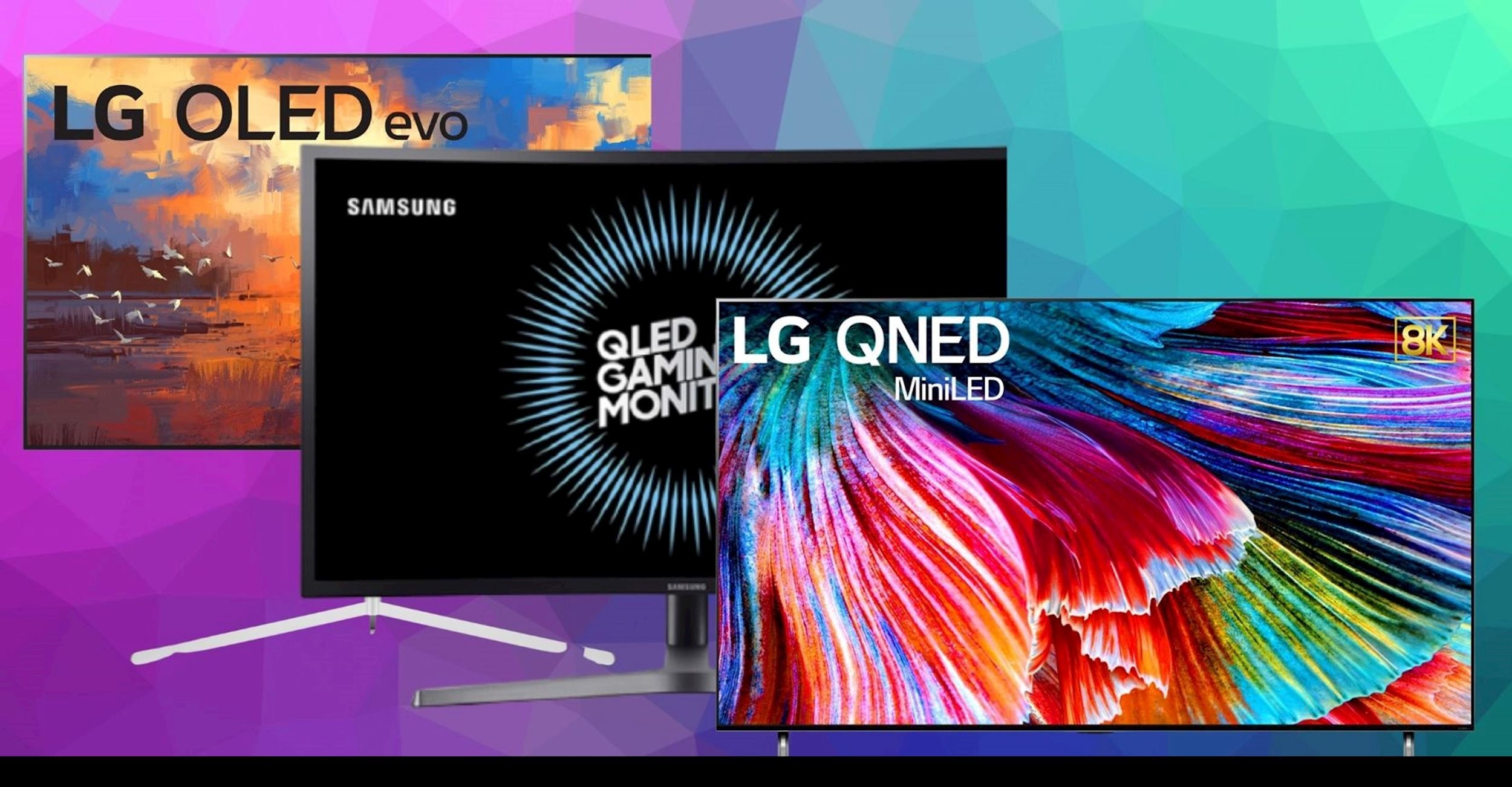
However, that commonality does not mean they are the same. Each technology is built on a distinct operating principle, from the way it generates light to the way it controls pixels, leading to significant differences in performance, durability, black reproduction, power consumption, and price.
Understanding how each technology works and the pros and cons will help you make the right choice for your actual needs, whether it's watching movies, playing games, or doing intensive work with images.
What is OLED?
OLED, which stands for Organic Light Emitting Diode, is one of the most advanced display technologies available today. Although the OLED principle has been researched since the 1980s, it was not until 2013 that the technology really exploded in the consumer market when LG introduced the first 55-inch OLED TV EM9700. Since then, OLED has quickly become a symbol of high-end images with the ability to reproduce vivid colors and outstanding contrast.
Unlike traditional LCD displays, which rely on a backlight system to illuminate the liquid crystal layer and color filters, OLEDs work in a completely different way. Each pixel on an OLED panel is an independent light source, capable of lighting up on its own and turning itself off completely when displaying black. It is this characteristic that allows OLEDs to achieve “true” blacks, along with a near-infinite contrast ratio, which is crucial for faithfully displaying high dynamic range (HDR).
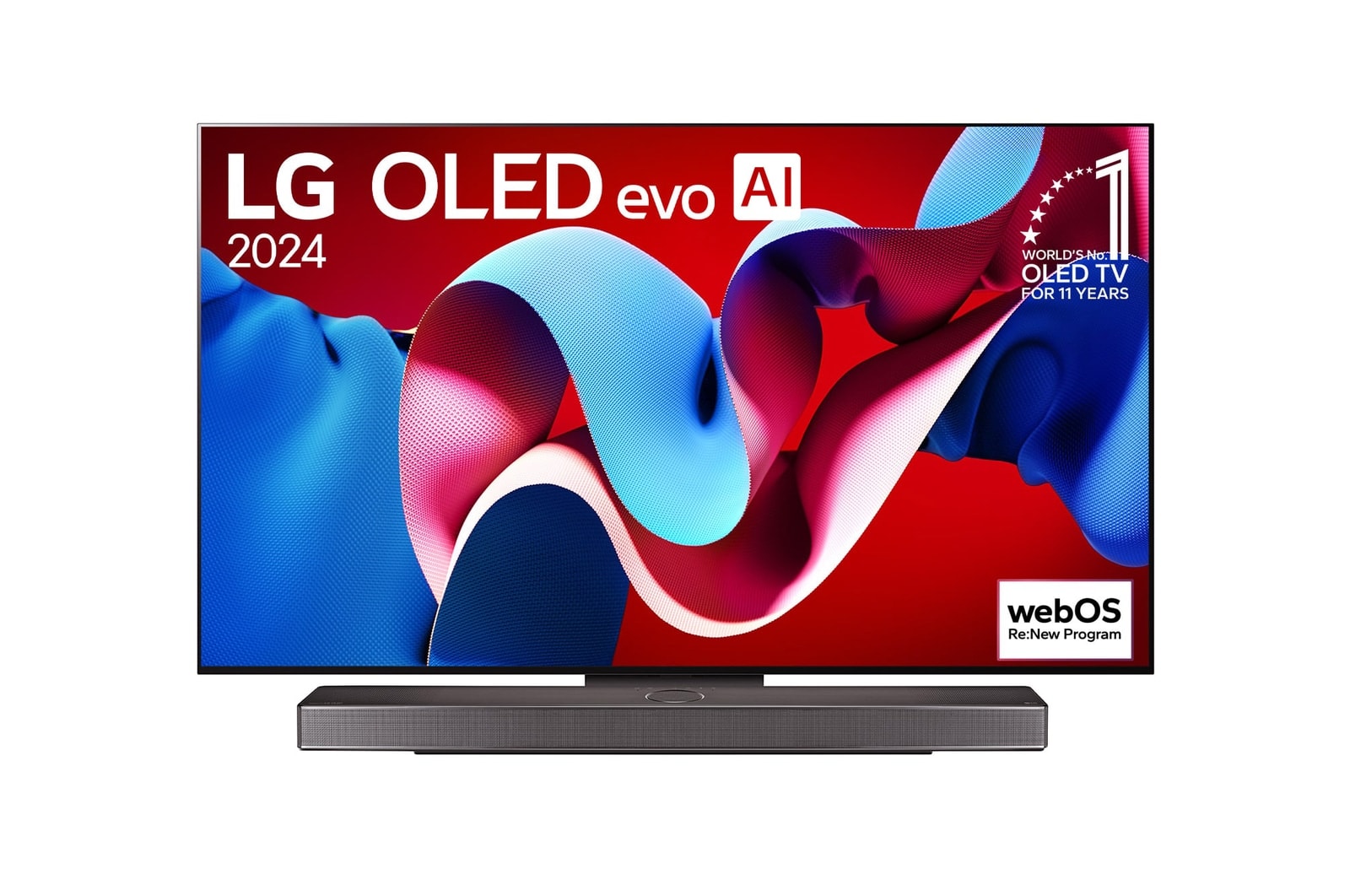
Structurally, OLED panels are much simpler than LCDs. Although they still consist of layers such as the substrate, anode, organic layer, cathode, and protective layer, they are all integrated into a single thin block. This not only reduces the overall thickness of the display, but also opens up the possibility of creating flexible, bendable, or even transparent designs.
Another advantage is the ability to control each pixel individually, from color to brightness, without the need for filters or light guides. Thanks to this, OLED has extremely small subpixels, allowing for much higher resolution and color accuracy than other display technologies.
Previously, the biggest drawback of OLED was its limited maximum brightness, which typically ranged from 500 to 1,500 nits. However, that is changing. New generation OLED panels using parallel multi-layer RGB structures have raised the brightness ceiling to 4,000 nits, comparable to or even surpassing today's most advanced QLED or QNED TVs, while still maintaining the deep blacks and vibrant colors that are characteristic of OLED.
What is QLED?
QLED, short for Quantum Dot Light Emitting Diode, is a display technology developed by Samsung, based on the LCD platform but greatly improved thanks to the quantum dot layer. Instead of using a traditional color filter, QLED integrates a film containing billions of quantum dot nanoparticles, capable of absorbing blue light from the backlight and emitting purer colors, especially red, green and blue. Thanks to that, QLED provides a wider color gamut, higher brightness and the ability to display colors accurately compared to conventional LCD screens.
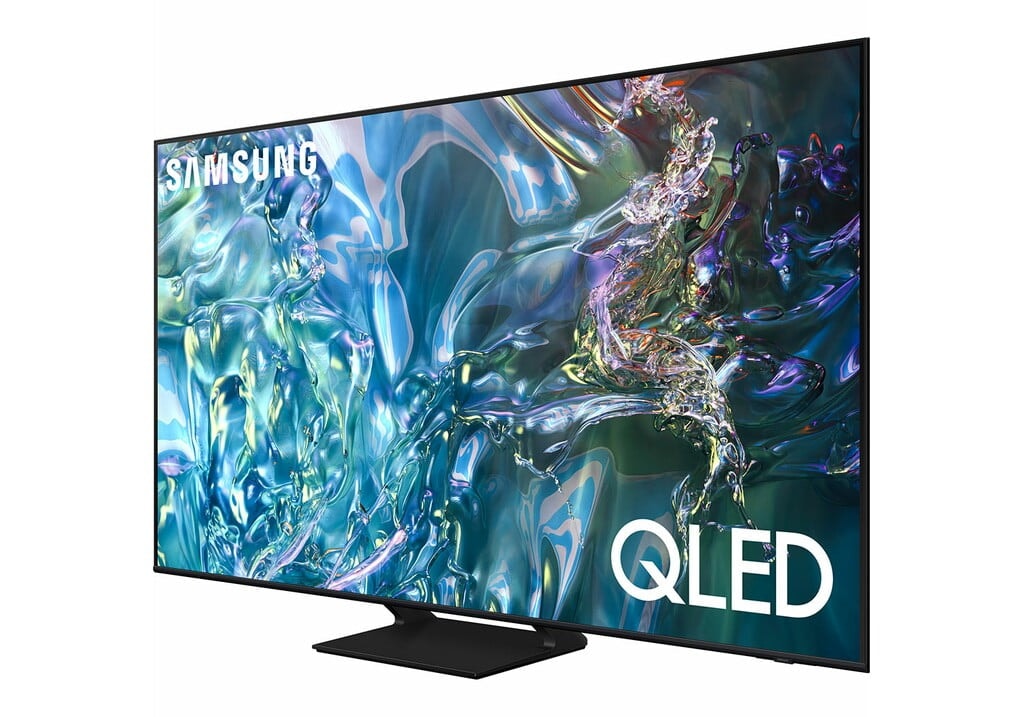
Today's high-end QLED models can reproduce up to 94% of the DCI-P3 color gamut - the color standard used in digital cinemas, providing a vivid, vivid and accurate visual experience down to the smallest detail. In addition, many QLED TVs also incorporate Mini LED backlighting, with thousands of micro-LEDs that increase local brightness, reduce "halo" phenomenon and enhance HDR effects, bringing more impressive depth and contrast than ever.
What is QNED?
To compete directly with Samsung's QLED and other high-end display technologies, LG has introduced QNED technology - short for Quantum Nano-Emitting Diode. This is a powerful combination of three key technologies: quantum dots, Mini LED backlights and LG's exclusive NanoCell color filter layer. Thanks to this combination, QNED provides a wide color gamut, pure colors and better light control, even at high brightness, helping to reduce the color bleeding phenomenon commonly seen on traditional LED screens.
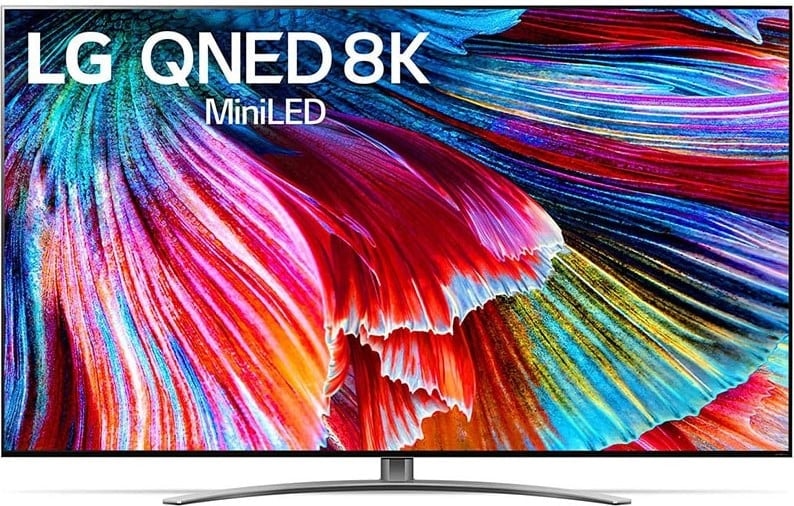
Not just stopping at hardware, QNED screens also integrate AI ThinQ artificial intelligence, allowing automatic optimization of images and sound according to the content the user is watching, from movies, sports to games, bringing a more vivid, accurate and personalized entertainment experience than ever.
What is MicroLED?
MicroLED is one of the most advanced display technologies today, promising to shape the future of the display industry. Unlike LCD or Mini-LED screens that still need a backlight system, MicroLED is made up of millions of microscopic LEDs, each of which acts as an independent pixel, can self-light and reproduce separate colors. Thanks to that, MicroLED does not need a backlight or color filter, providing the ability to display perfect black, near-infinite contrast, brilliant highlights and accurate colors.
One of the main advantages of MicroLED over OLED is its durability. Because it uses inorganic materials, MicroLED does not suffer from image retention or brightness degradation over time like OLED. At the same time, this technology can also achieve much higher brightness, helping to optimize the HDR experience in all lighting conditions.
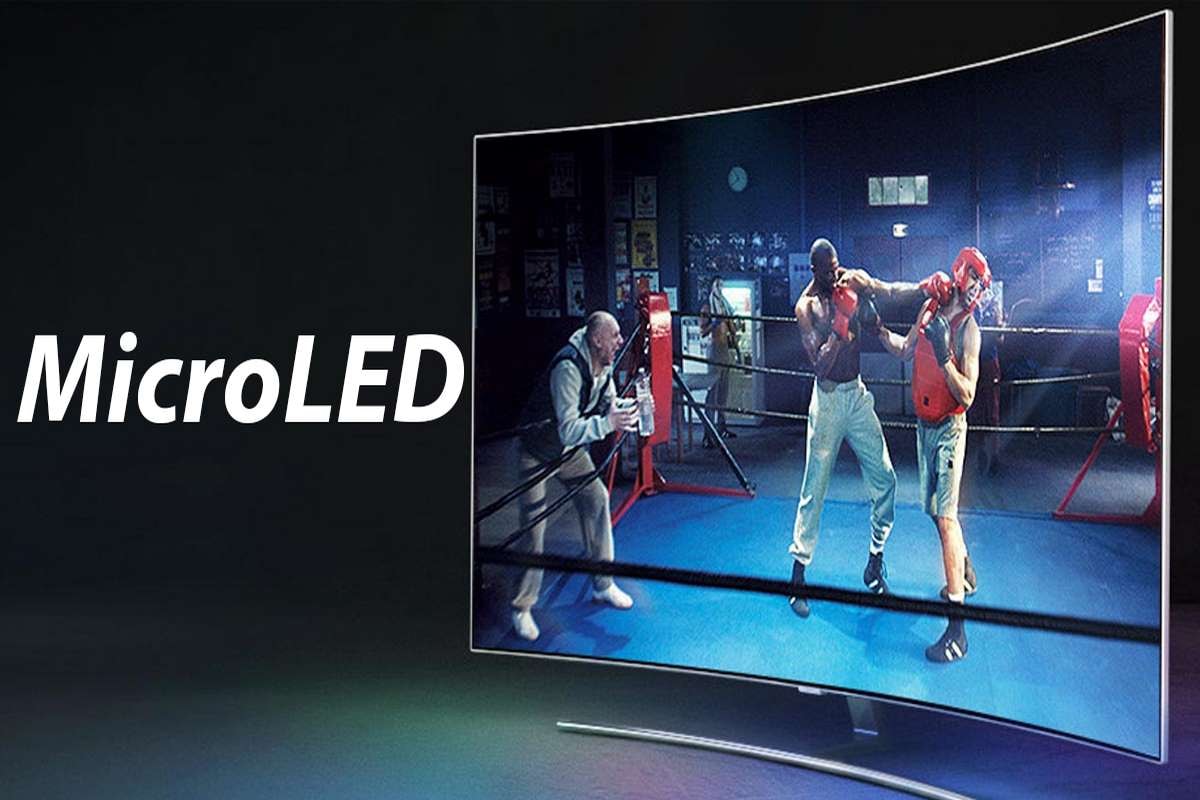
Compared to technologies such as QLED or QNED, MicroLED has superior display capabilities without any backlight layer. This helps to completely eliminate the "halo" phenomenon, improving image quality from every viewing angle.
It’s important to distinguish MicroLED displays from Mini-LED, which simply improves LCD backlighting with smaller LEDs. While Mini-LED offers significant improvements in brightness and local dimming, it still can’t control individual pixels like MicroLED. In other words, MicroLED is a truly self-illuminating display technology that combines the benefits of both OLED and QLED, but without the common drawbacks of both.
Which display is right for you in 2025?
If you're considering upgrading your TV or monitor in 2025, choosing between modern display technologies can be confusing. However, three names still dominate and are suitable for the majority of users: OLED, QLED and QNED - each has its own advantages, depending on the needs and space used.
OLED continues to be the top choice for movie buffs or those who often watch in low-light environments. Thanks to the ability to light each pixel itself, OLED displays reproduce absolutely deep blacks and incredibly rich colors. If you prioritize superior image quality when watching movies, especially in a dark room, OLED is the choice that is hard to replace.
On the other hand, if you are a gamer or often watch content in a brightly lit room, QLED may be a better choice. QLEDs use quantum dot technology and powerful backlights to produce bright and sharp images, while also having low input lag and supporting variable refresh rates, which are both extremely important for a smooth gaming experience. Additionally, QLEDs are generally more affordable than OLEDs and are more widely available.
Another option worth considering is QNED - a technology developed by LG, combining quantum dots, Mini LED backlighting and a NanoCell filter layer to enhance color accuracy and reduce color bleeding. QNED is suitable for both watching movies, playing games and watching sports, especially in brightly lit rooms. With a competitive price and superior display quality, QNED becomes an attractive alternative to QLED, especially if you want a more premium LCD experience.
Meanwhile, MicroLED - the display technology dubbed "the pinnacle of the future" - is not yet ready for the majority of consumers. Although it possesses all the advantages of both OLED and QLED, including self-illumination, high durability and impressive brightness, MicroLED is still very expensive and only produced in large sizes. For most users, MicroLED is currently still a glimpse of the future, rather than a practical choice for the living room.
Regardless of which technology you choose, the good news is that all of today's modern displays offer an excellent visual experience. OLED, QLED, and QNED have all reached a level of outstanding quality that is suitable for a variety of needs, from watching movies, playing games, to everyday entertainment.
